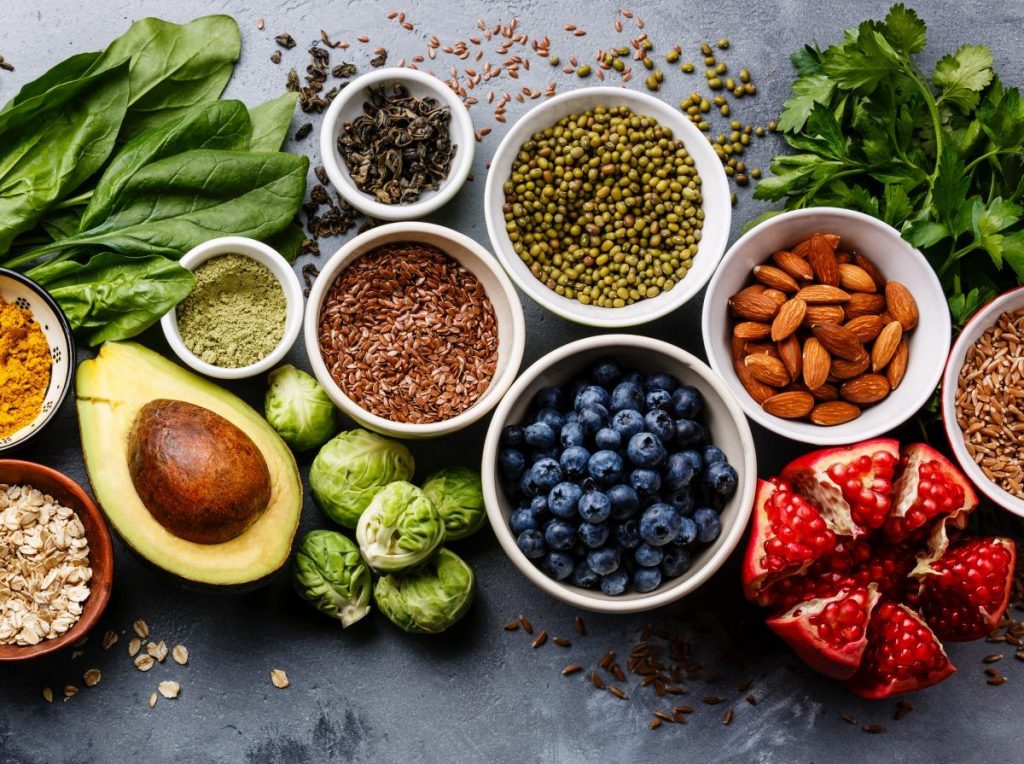7 Mins Read
Our global food system is in trouble. By 2050, estimates suggest that the global population will grow to 10 billion and our current agricultural infrastructure cannot guarantee a healthy and nutritionally balanced diet for that people. While there are many issues we need to overcome, including the environmental costs of factory farming, our over-reliance on meat and dairy and the lack of nutrition in our diets, one of the biggest issues is that we don’t eat enough types of food. Industrial agriculture relies heavily on a tiny number of crops, to the detriment of the natural environment and human health. In a new report compiled by the World Wildlife Fund (WWF) and Knorr, titled Future 50 Foods, a variety of plant-based foods have been highlighted to promote healthier and planet-friendly diets. The list includes a range of vegetables, grains, seeds, cereals, nuts and beans from around the world – 50 in total. We’ve got the lowdown on what foods were featured and why this report matters.
Why do we need to include these 50 Future Foods into our diets?
- Firstly, a larger variety of vegetables and plant ingredients will be beneficial to human health, promoting the increased intake of vitamins, minerals and antioxidants. According to the United Nations Food and Agriculture Organisation (FAO), our diets are repetitive – 75% of the global food supply comes from 12 crops and 5 animal species, despite there being over 20,000 known edible plants.
- Secondly, if more of us consume these 50 plant-based foods and shift away from meat, poultry, fish and animal-derived ingredients, our environmental footprint could be dramatically reduced. As many scientific studies have repeatedly shown, a plant-based diet is not only nutritionally whole, but it’s also much more climate friendly. According to the FAO, total agriculture accounts for around 25% of all greenhouse gas emissions – with over 60% of that number being generated by livestock farming. Meat, dairy and egg production requires more land, water usage and is carbon intensive and contributes to water pollution – the more we can shift away from animal-based protein, the less of an impact our diets leave on the planet.
- Adopting these future 50 foods would help to expand our agro-biodiversity, and promote a more all-rounded global food system. The diversity of plant and animal species are quickly declining with serious consequences for our ecosystems – and our current food system is the largest contributor to global biodiversity loss. According to the World Wildlife Fund’s (WWF) 2018 Living Planet Report, 60% of wildlife populations have already disappeared in less than 50 years. In order to avoid a food security crisis with a growing global population, a shift away from monoculture farming – which depletes topsoil nutrients and encourages pathogen buildup that requires the use of pesticides and other contaminants – is necessary.
The Future 50 Foods can be categorised into 11 broad categories, here’s an overview of each one:
Algae
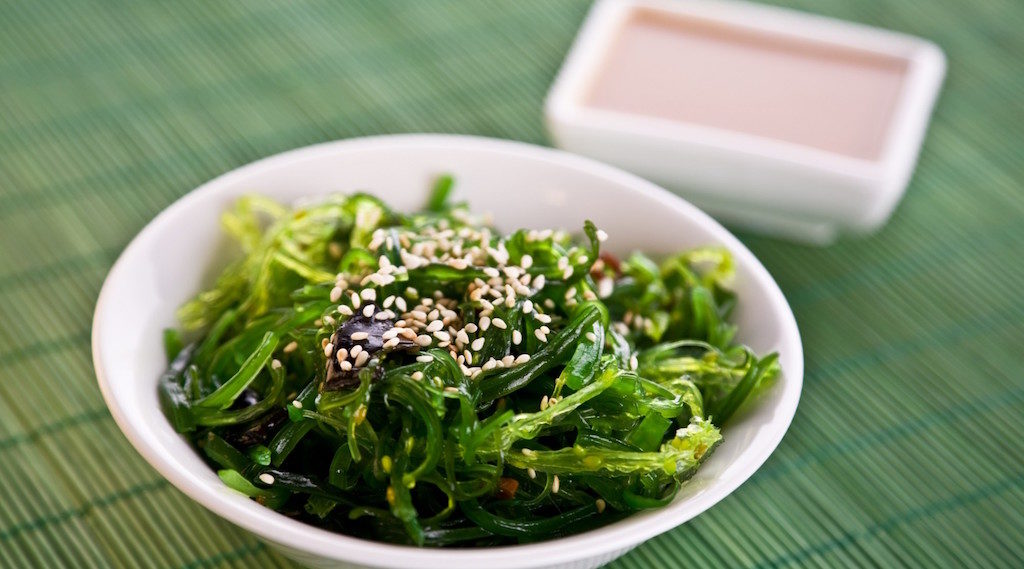
Algae are aquatic plants that produce over half of the world’s oxygen, and all marine ecosystems depend on them. A number of algae foods have been listed in the report, including laver seaweed and wakame seaweed – which are already commonly consumed in many Asian cuisines.
Beans & Pulses
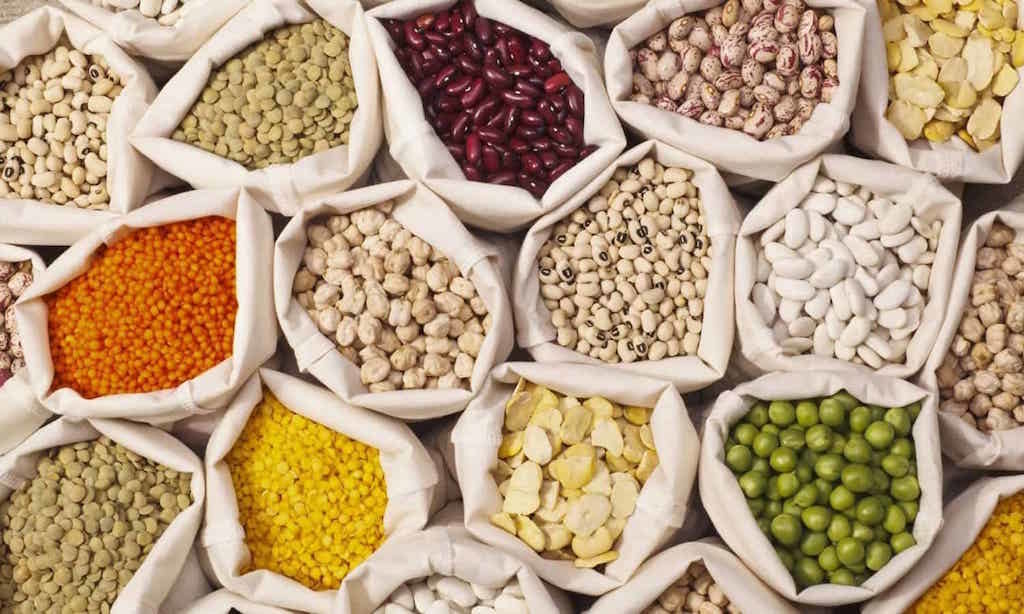
A number of beans and pulses – all under the legume family – are listed on the report, including adzuki beans, black turtle beans, fava or broad beans, bambara groundnut, cowpeas, lentils, mamara beans and soybeans. These are all plant ingredients that can be grown easily in poor soil and with minimal water, yet pack a nutritional punch with their high-fibre, protein and Vitamin B content.
Cacti
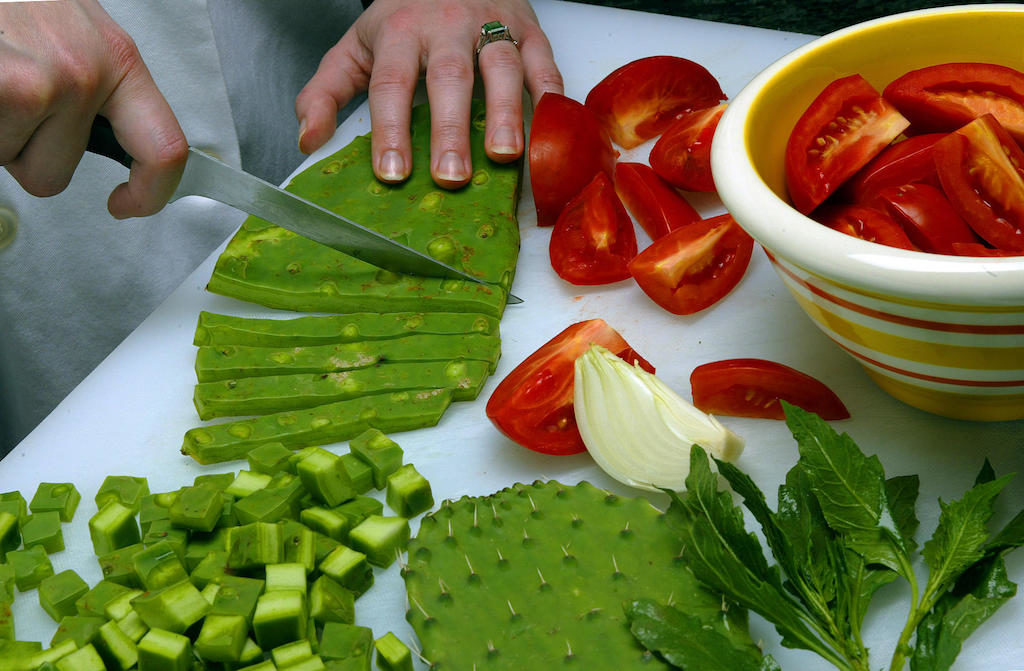
While it might be a surprise to some, these succulent plants have featured as a common ingredient in many Mexican dishes, such as nopal salad. Because cacti store water, they can thrive in very dry climates – which makes them a resilient plant in the midst of a climate crisis that will bring unpredictable rainfall patterns and ever rising temperatures due to global warming. The report includes a few cactus plants, such as nopales and its edible fruit, leaves, flowers, stems and oil.
Cereals & Grains
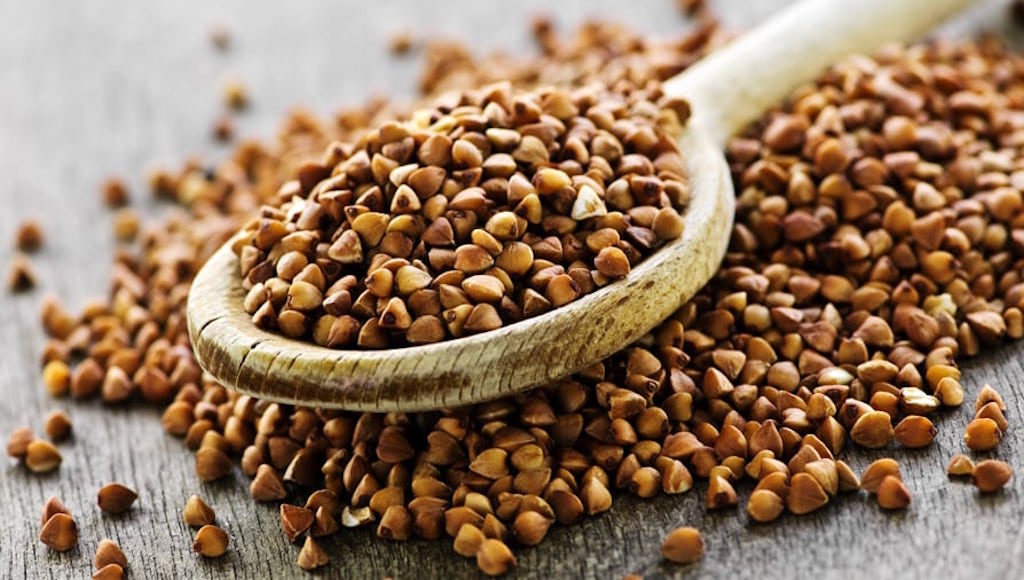
Among the 50 foods of the future are some lesser known grains and cereals. Currently, around out of the world’s calories consumed that come from plants, 60% of it comes from white rice, wheat and maize. There are more sustainable, nutritional alternatives that can be adopted to add variety to our diets and agriculture, such as amaranth, buckwheat, finger millet, fonio, khorasan, wheat, quinoa, spelt, teff and wild rice.
Fruit Vegetables
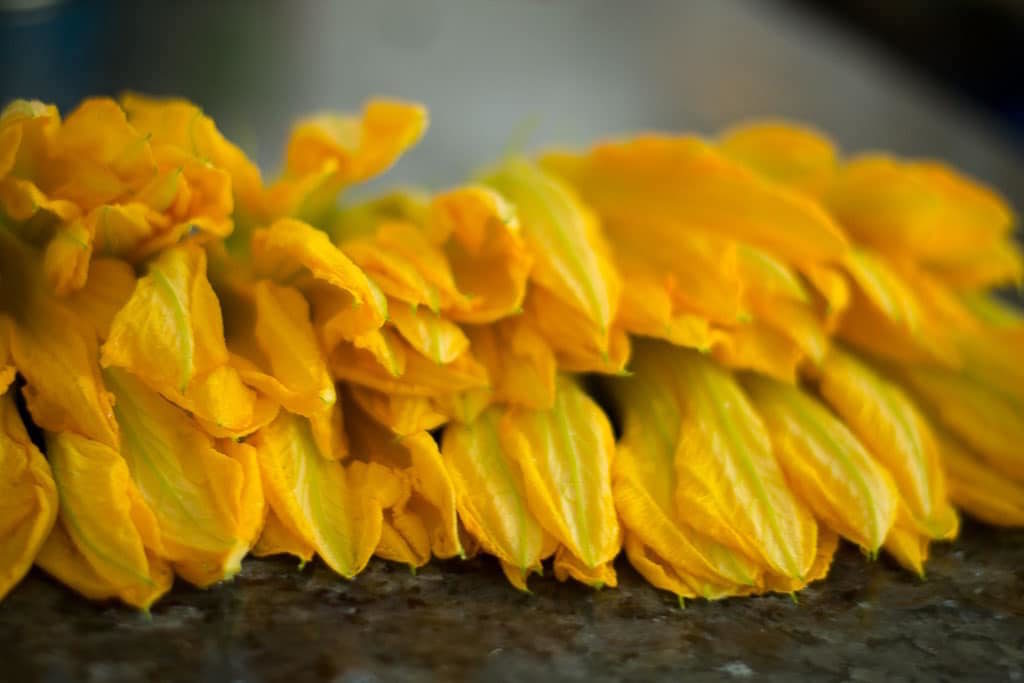
A number of edible fruits – and their leaves, stems, flowers and roots – are commonly mistaken for veggies. These foods are often sweeter and contain a higher water content than vegetables. While we might have cooked with these ingredients before, they rarely feature as a staple in our diets. The list recommends including more pumpkin flowers (the fried version is a common snack in Bengali cuisine!), okra and orange tomatoes.
Leafy Greens
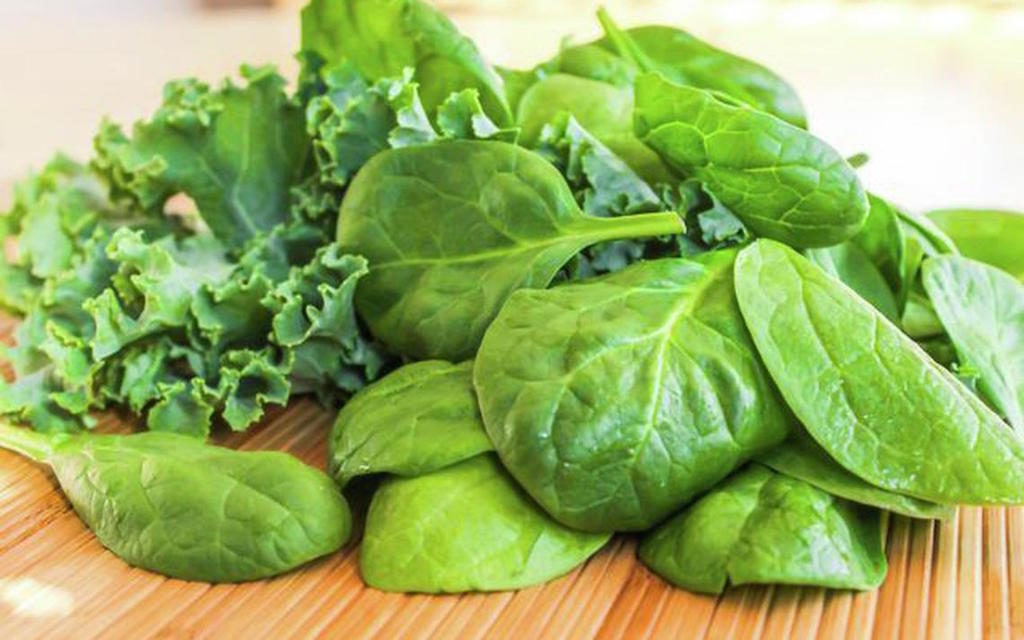
Leafy greens are high in fibre, minerals and vitamins, and are incredibly versatile for many dishes across different cuisines. Including more locally grown leafy greens in our diet doesn’t just benefit our health, it comes with a smaller carbon footprint. Try including more beet greens, broccoli rabe, kale, moringa, pumpkin leaves, pak choi, red cabbage, spinach and watercress in your veggie dishes.
Mushrooms
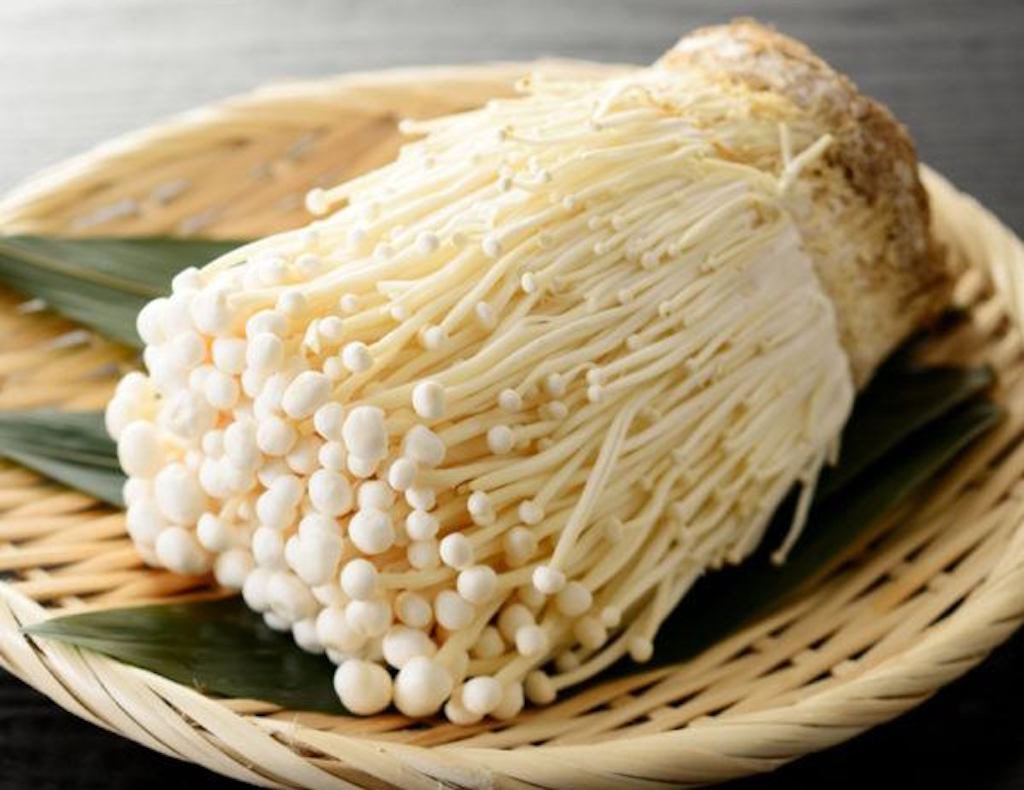
Another ingredient that is common in Asian dishes, mushrooms! Mushrooms can grow in many areas where other foods would struggle to grow – in small humid places with little light and in a wide range of temperatures. There are over 2,000 edible varieties of mushrooms, and on the list includes enoki mushroom, maitake mushroom and saffron milk cap mushroom.
Nuts & Seeds
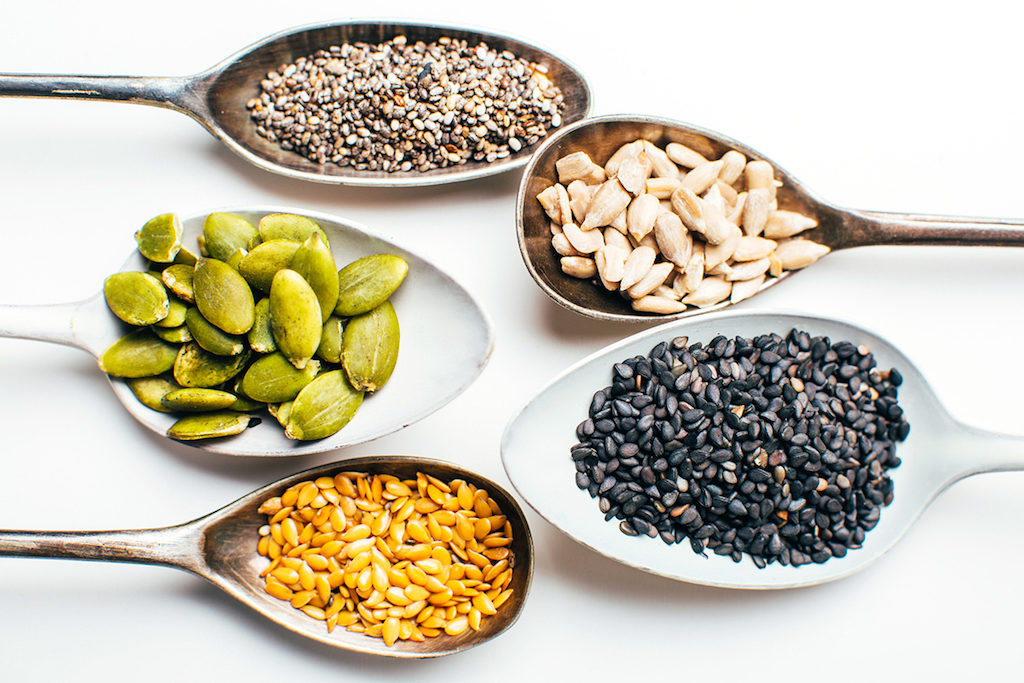
There are plenty of plant-based sources of protein, including nuts and seeds- they are superfoods in their own right, ones that contain not only protein but important vitamins and heart-healthy fats. A number of them appear on the future foods list, including flax seeds, hemp seeds, sesame seeds and walnuts.
Root Vegetables
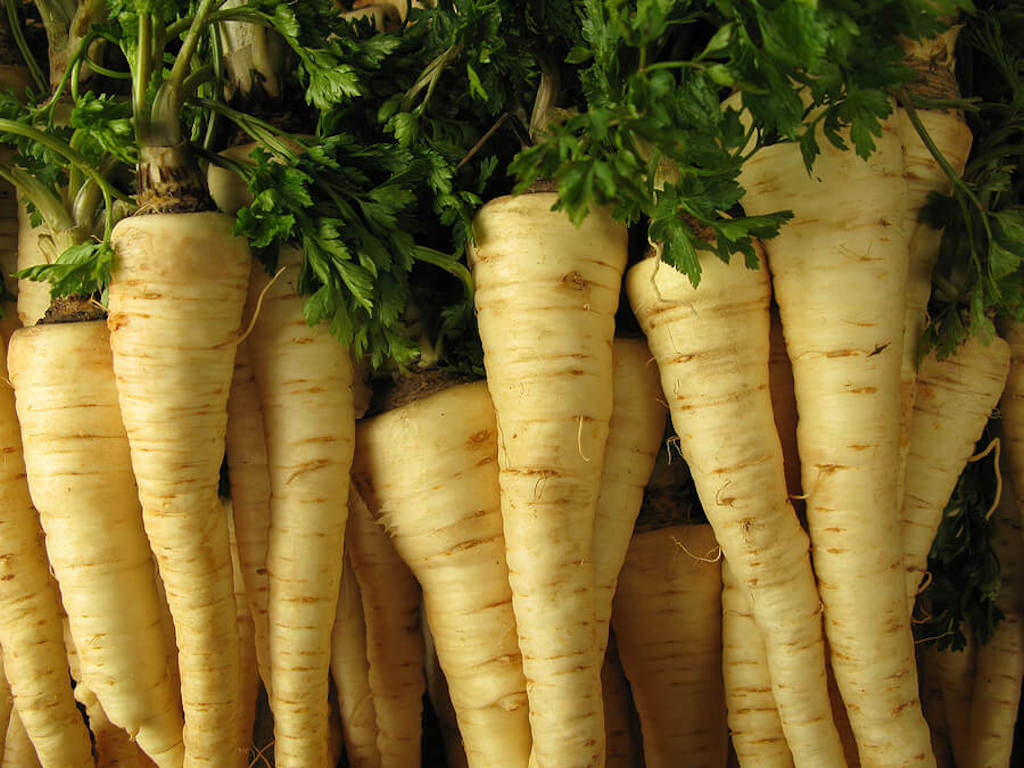
While we already consume many root veggies, we don’t always consume the whole vegetable such as the leafy tops and the skin where some of the key nutrition lies. Another root issue: we need to explore the many varieties as part of our everyday diet instead of relying on carrots and potatoes. Roots such as black salsify and parsley root are delicious and oh so healthy. In addition, the list highlighted white icicle radish – a plant ingredient that is commonly used in many Chinese, Japanese and Korean dishes but mostly unknown outside of North Asia.
Sprouted Vegetables
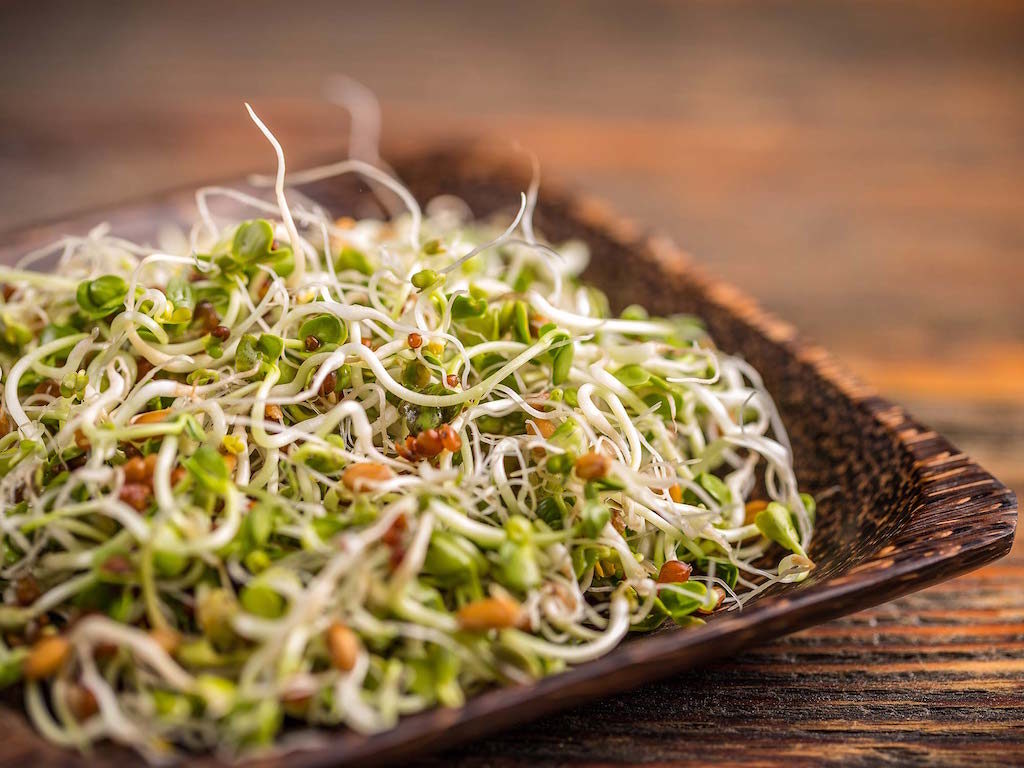
The process of sprouting foods can dramatically increase the nutritional value of plants. Sprouted beans and sprouts should no longer be considered a niche ingredient to pick up from a specialised health shop, but we and the planet can all benefit from including more of these in our diets, according to the report. Try adding alfalfa sprouts, sprouted kidney beans and chickpeas in your salads!
Tubers
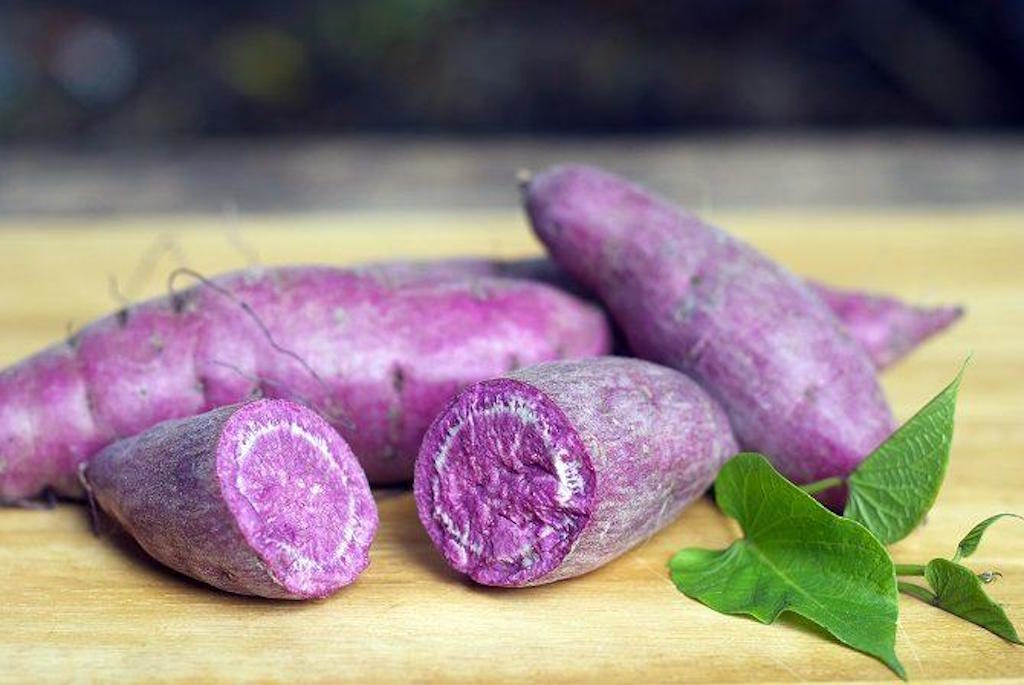
We don’t consume enough tubers. Grown in the ground, tubers store nutrients over cold and dry months, making them not only a great source of energy due to its high-carb content, but incredibly healthy too. Some of them are native to Asia and commonly found in wet markets, making it a useful seasonal and local addition to our diets. These include lotus root, purple yam or ube, jicama and red Indonesian sweet potato.
Lead image courtesy of Vegetables NZ.


